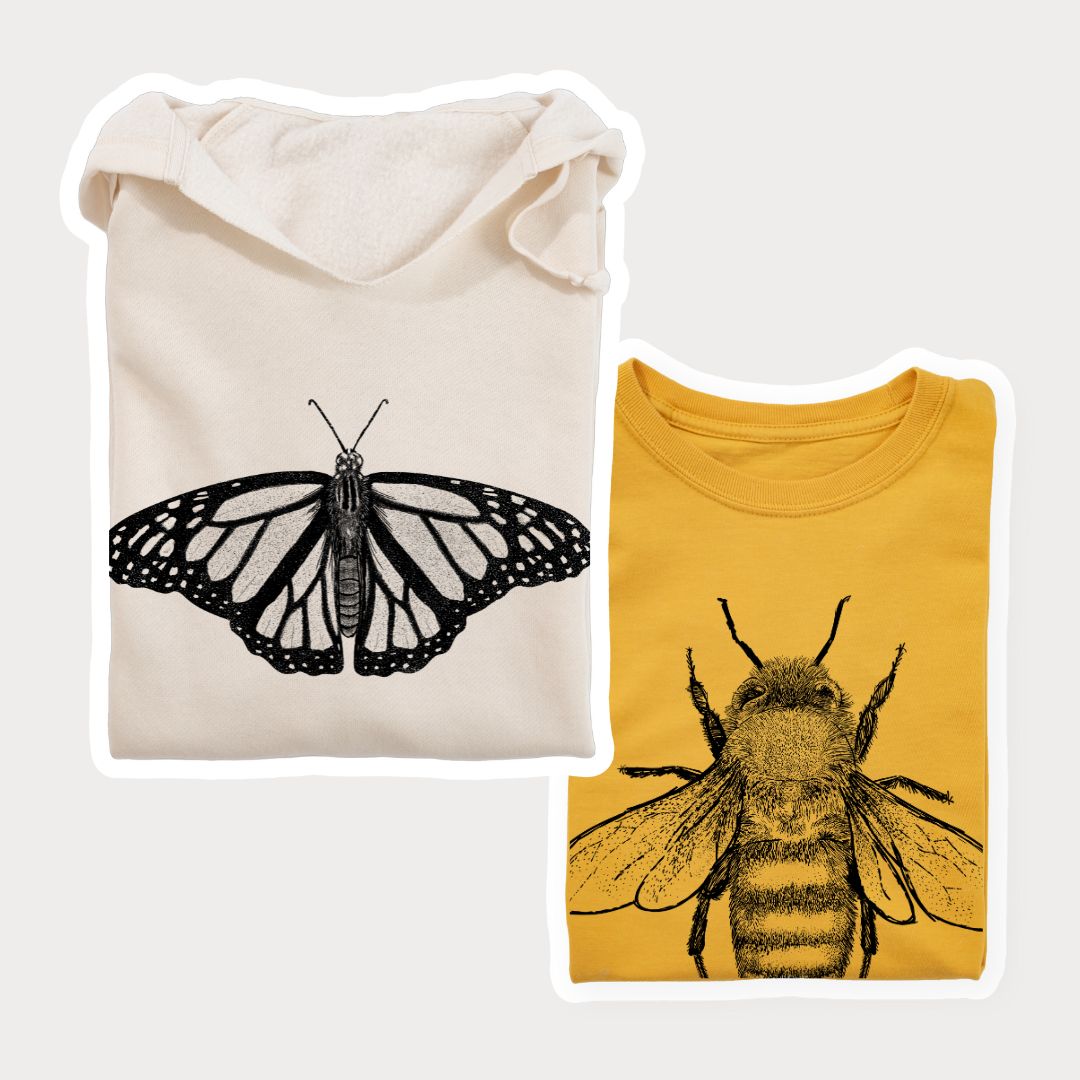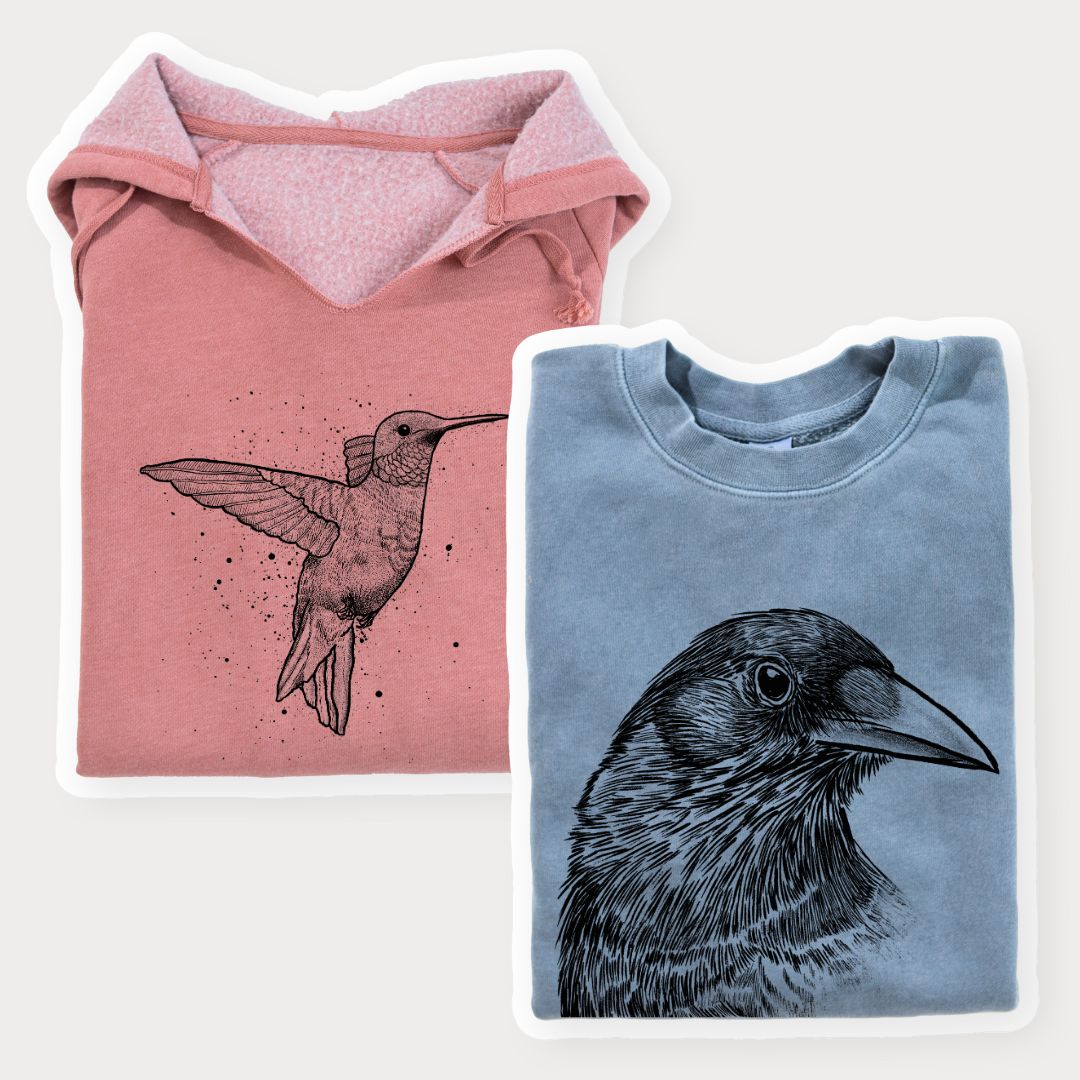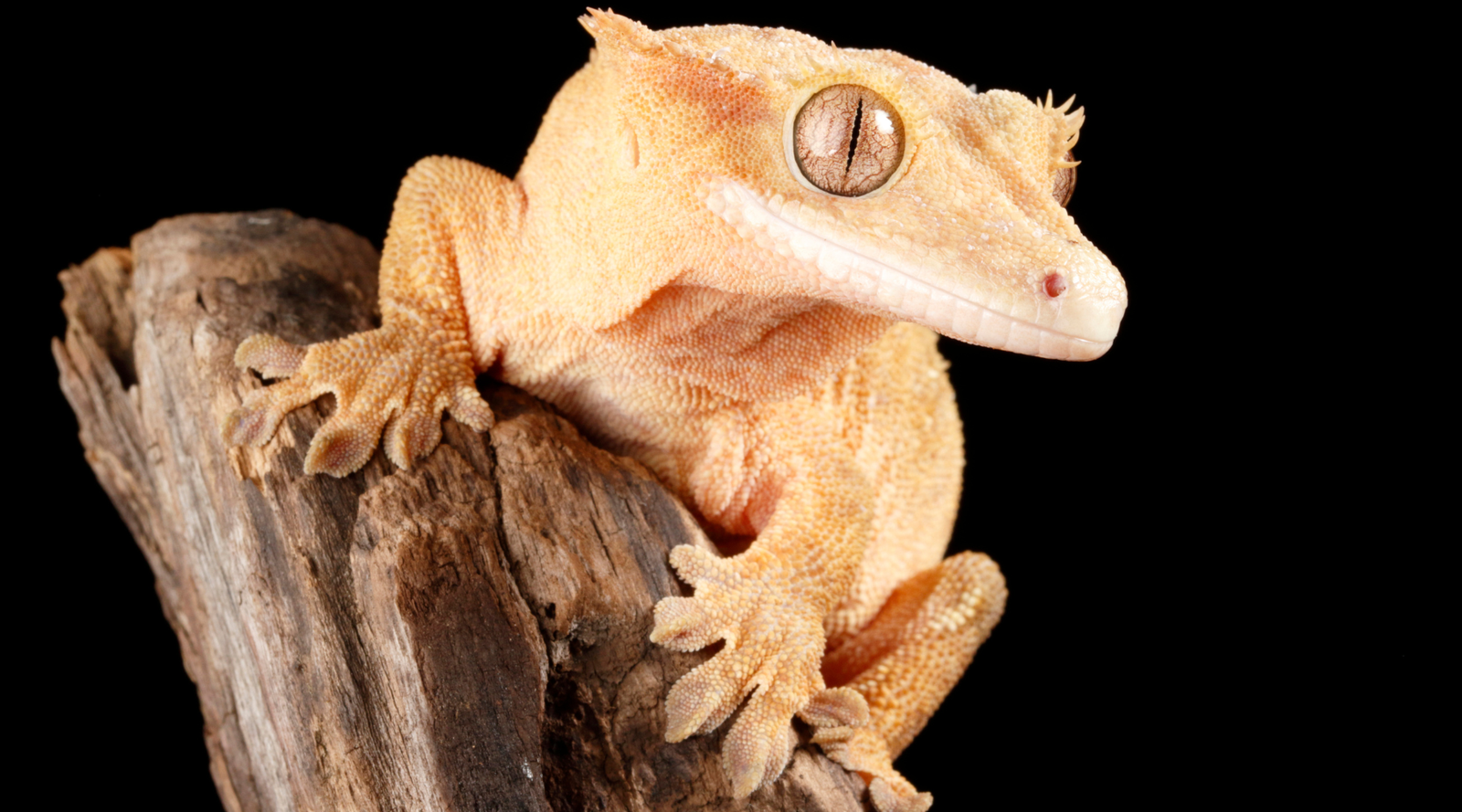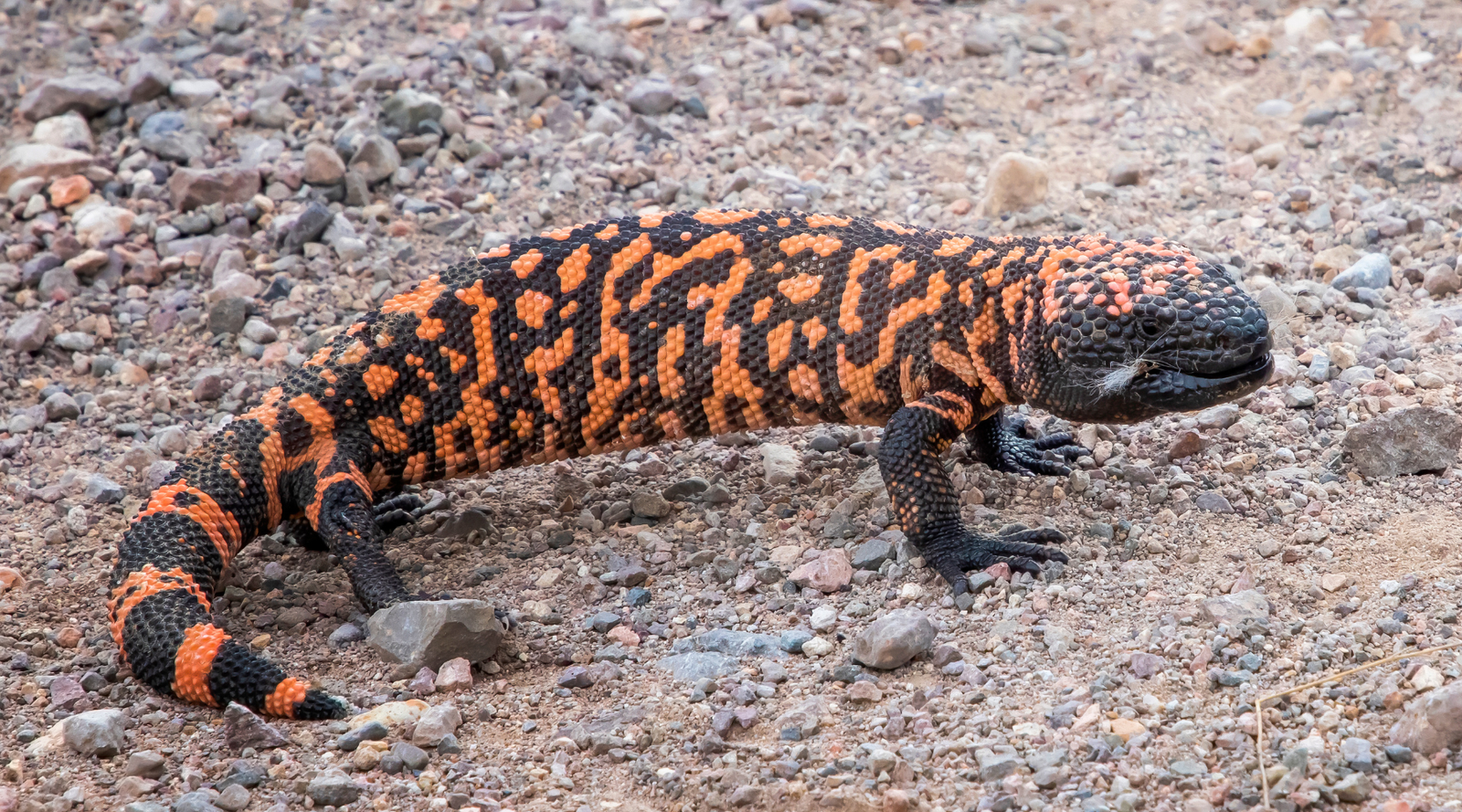Ruby-Throated Hummingbird: Nature's Tiny Dynamo
Ah, the ruby-throated hummingbird (Archilochus colubris). It's the glittering jewel of the bird world and a pint-sized powerhouse. These tiny birds have captivated watchers and casual observers with their iridescent feathers and rapid wing beats. But what makes these little creatures so fascinating? Let's take a closer look at the life and times of the ruby-throated hummingbird. You may find yourself as enamored with them as we are.

The Glamorous Life of a Ruby-Throated Hummingbird
Imagine living life at a million miles per hour or at least 53 wingbeats per second. That's the pace at which the ruby-throated hummingbird operates. Weighing in at just 2 to 3 grams—about the same as a couple of paperclips—these birds are a testament to the phrase "small but mighty." They zip around gardens and forests with speed and agility that would shame even the most nimble superhero.

The Science Behind the Sparkle
Why are they called ruby-throated, you ask? The males boast a stunning patch of iridescent red feathers on their throats, which can appear dark or almost black depending on the light. This dazzling display isn't just for show; it's a vital part of their mating ritual. Female hummingbirds, who are more subdued in their coloring, are drawn to the flashy guys with the brightest throat patches. It's like the avian version of peacocking but with much more aerial acrobatics involved.

Hummingbird Superpowers
Ever wish you could hover in mid-air or fly backward? The ruby-throated hummingbird can do both, thanks to its unique wing structure. Its wings rotate in a full circle, allowing it to maneuver in ways that most birds can only dream of. This agility is crucial for feeding, as it often hovers to sip nectar from flowers, using its long, specialized tongues to lap up the sweet liquid.
Fueling the Flight
Speaking of nectar, these birds have a metabolism that makes your morning coffee addiction look tame. To maintain their high-energy lifestyle, ruby-throated hummingbirds consume up to half their body weight in sugar daily—that's like eating your weight in chocolate bars daily! They get this energy from nectar, but they also need protein, which they get from gnats, fruit flies, and other tiny insects. So, they're also nature's most adorable pest control.

A Perilous Journey
Life isn't all sugar and sparkles for these birds. Each year, they embark on an epic journey, migrating from their breeding grounds in North America to Central America. Some ruby-throated hummingbirds even make a non-stop flight across the Gulf of Mexico, covering up to 500 miles in a single stretch. That's like running a marathon without any water breaks or snacks. It's a treacherous trip, fraught with dangers from weather to predators, but these resilient little birds manage to make it year after year.

Setting Up Shop
When they're not jet-setting across the continent, ruby-throated hummingbirds are busy building nests and raising the next generation of high-speed flyers. The females take on most of the nesting duties, constructing tiny, cup-shaped nests from plant down, spider silk, and other soft materials. These nests are engineering marvels, often expanding as the chicks grow, thanks to the stretchy spider silk. Once the nest is ready, the female lays two pea-sized eggs, and the life cycle continues.

How to Attract Ruby-Throated Hummingbirds to Your Garden
Want to see these pint-sized dynamos in action? Here are a few tips to turn your garden into a hummingbird haven:
- Plant Native Flowers: Hummingbirds are drawn to brightly colored, tubular flowers like trumpet vine, bee balm, and cardinal flowers. Native plants are the best choice as they adapt to the local climate and soil conditions.
- Set Up Feeders: A well-placed hummingbird feeder can provide a reliable food source. Fill it with a simple sugar solution (four parts water to one part sugar), and clean it regularly to prevent mold and fermentation. Check out our guide to maintaining a bird nectar feeder for detailed maintenance tips.
- Provide Perches: Hummingbirds need a place to rest and survey their territory. Small trees, shrubs, and even specially designed hummingbird perches can give them a spot to take a breather.
- Create Water Features: These birds love a good splash, so a bird bath with a gentle mister or fountain can be a great addition to your garden. Just make sure the water is clean and fresh.
- Avoid Pesticides: Since hummingbirds eat insects for protein, using pesticides can harm their food supply. Opt for natural pest control methods to make your garden hummingbird-friendly.

Fun Facts to Impress Your Friends
- Tiny but Mighty: Despite their small size, ruby-throated hummingbirds can be territorial. Males will aggressively defend their feeding areas from intruders, using aerial dogfights to chase off rivals.
- Fast and Furious: These birds can reach up to 30 miles per hour in flight and even faster when diving. During intense activity, their heart rate can soar to over 1,200 beats per minute.
- Long-Lived Legends: While many small birds have relatively short lifespans, ruby-throated hummingbirds can live up to 9 years in the wild. That's a long time for such a tiny creature!
- Single Moms: Female hummingbirds do all the heavy lifting when raising young. The males are about that flashy courtship display, but they're off to find new mates once the eggs are laid.
- Migratory Marathoners: Their annual migration is one of the longest for any bird relative to its size. The journey can take several weeks, with birds stopping to rest and refuel.

Conclusion
The ruby-throated hummingbird is a marvel of nature, combining beauty, agility, and resilience in one tiny package. By creating a welcoming environment in your garden, you can enjoy the spectacle of these incredible birds up close. Whether you're an avid bird watcher or just someone who appreciates the wonders of nature, there's something truly magical about seeing a hummingbird darting among the flowers, a living jewel in the landscape.
So, next time you're sipping your morning coffee or lounging in your garden, take a moment to watch for these tiny visitors. With their dazzling displays and relentless energy, ruby-throated hummingbirds will surely bring a touch of wonder and joy to your day. They may inspire you to embrace a bit of their zest for life, tackling your challenges with the same relentless enthusiasm and grace.
















Leave a comment (all fields required)